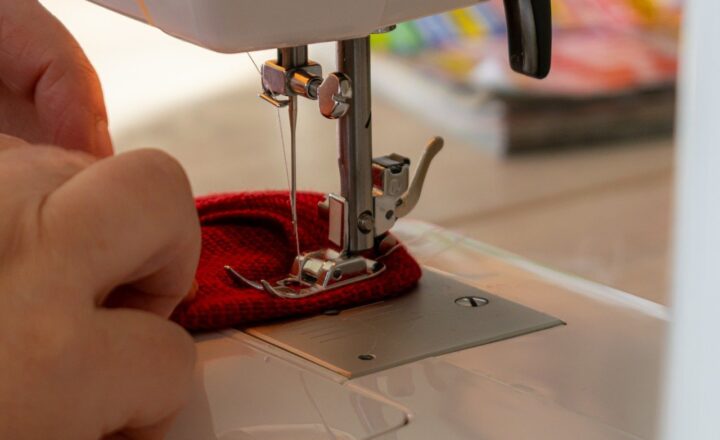The Story Behind Why Measurement Standards Became Necessary in Trade
November 12, 2024

The development of trade has been one of the most significant milestones in human history, allowing societies to exchange goods, ideas, and culture across vast distances. However, for trade to flourish, a fundamental requirement emerged: the need for standardized measurements. The importance of measurement standards extends beyond mere convenience; it is a cornerstone of commerce that fosters trust and ensures fairness in transactions. This article explores the fascinating history behind the establishment of measurement standards and why they became necessary in trade, shedding light on the evolution of commerce from ancient times to modern practices.
1. The Early Days of Trade
In ancient societies, trade began with basic barter systems, where goods were exchanged directly for other goods. At this early stage, common understandings of the value of items facilitated agreements between parties. However, as communities grew and the scale of trade expanded, the limitations of bartering became evident.
Imagine a farmer wanting to trade grain for pottery. The absence of a universally accepted metric made it difficult to determine how much grain should equal one pot. Disparities in measurement led to confusion and conflict, emphasizing the need for a more structured method of trade.
2. The Birth of Standard Measurements
The early civilizations, including the Egyptians, Mesopotamians, and Chinese, began to recognize the necessity for standard measurements to facilitate trade. As early as 3000 BCE, the Egyptians created a system of measurements based on the length of the king’s foot, which was used for construction and land surveys. Similarly, the Mesopotamians developed a base-60 system, which influenced various measurement forms, including time and angles.
The establishment of these units was primarily driven by practical needs rather than legislative action. Merchants needed a reliable way to measure goods such as textiles, grains, and metals. The development of standardized units allowed for greater accuracy and simplified transactions, paving the way for more complex trade agreements.
3. Measurement Systems Across Cultures
Various cultures implemented their measurement systems. For example, the Chinese utilized the “li” for distance and “jin” for weight, while the Roman Empire adopted its own units, such as the foot, pound, and gallon. These systems became critical during trade discussions, as parties often had to negotiate what unit of measurement would prevail in a transaction.
However, the absence of a global standard often caused friction in international trade, especially as trade routes expanded across continents. Disparities in measurements created opportunities for exploitation by unscrupulous merchants who could manipulate weight and length to their advantage.
4. The Industrial Revolution and Call for Universal Standards
The Industrial Revolution in the 18th and 19th centuries marked a turning point in trade, as it spurred technological and economic advancements. The increasing complexity of manufactured products and the rapid expansion of global markets made it necessary for countries to standardize measurements.
This era saw the formalization of measurement systems, leading to the creation of the metric system in France by the late 18th century. Advocates believed a decimal-based system would be more intuitive and simplify international trade. The introduction of the metric system was a significant leap toward establishing universally accepted measurements.
5. The Role of Measurement Standards in Trade Agreements
Standards in measurement soon became integral to trade agreements and negotiations. With international borders opening up to trade, countries recognized the necessity of adopting consistent standards to encourage commerce. Organizations such as BIPM (International Bureau of Weights and Measures) were established to oversee the adoption of the metric system and maintain standards globally.
These efforts ensured that whether a product was produced in France, China, or America, it could be measured, priced, and traded on equal terms, improving trust and transparency in the market.
6. The Continuing Evolution of Measurement Standards
In today’s global economy, measurement standards adapt to changing technologies and industries. Innovations in digital trade, e-commerce, and manufacturing require continuous updates to ensure measurements remain relevant and accurate.
Recent developments include the introduction of the International System of Units (SI) by the BIPM, which encompasses modern scientific measurements and ensures standardization in a tech-driven landscape. Furthermore, digital platforms require precise measurements to ensure consistent product quality across countries, thus making standardization even more vital.
7. Conclusion: The Impact of Measurement Standards in Trade
The establishment of measurement standards has been a transformative journey for trade throughout history. By creating a universal language for products, services, and agreements, these standards have facilitated economic growth and fostered cross-cultural exchanges. As global markets continue to evolve, the need for precise, consistent measurements will remain a cornerstone of fair and efficient trade.
The story of measurement standards is a testament to humanity’s ability to adapt and innovate in the quest for prosperity and equitable commerce. Understanding this history sheds light on contemporary challenges in trade and reinforces the importance of collaboration in establishing a common framework for the future.








